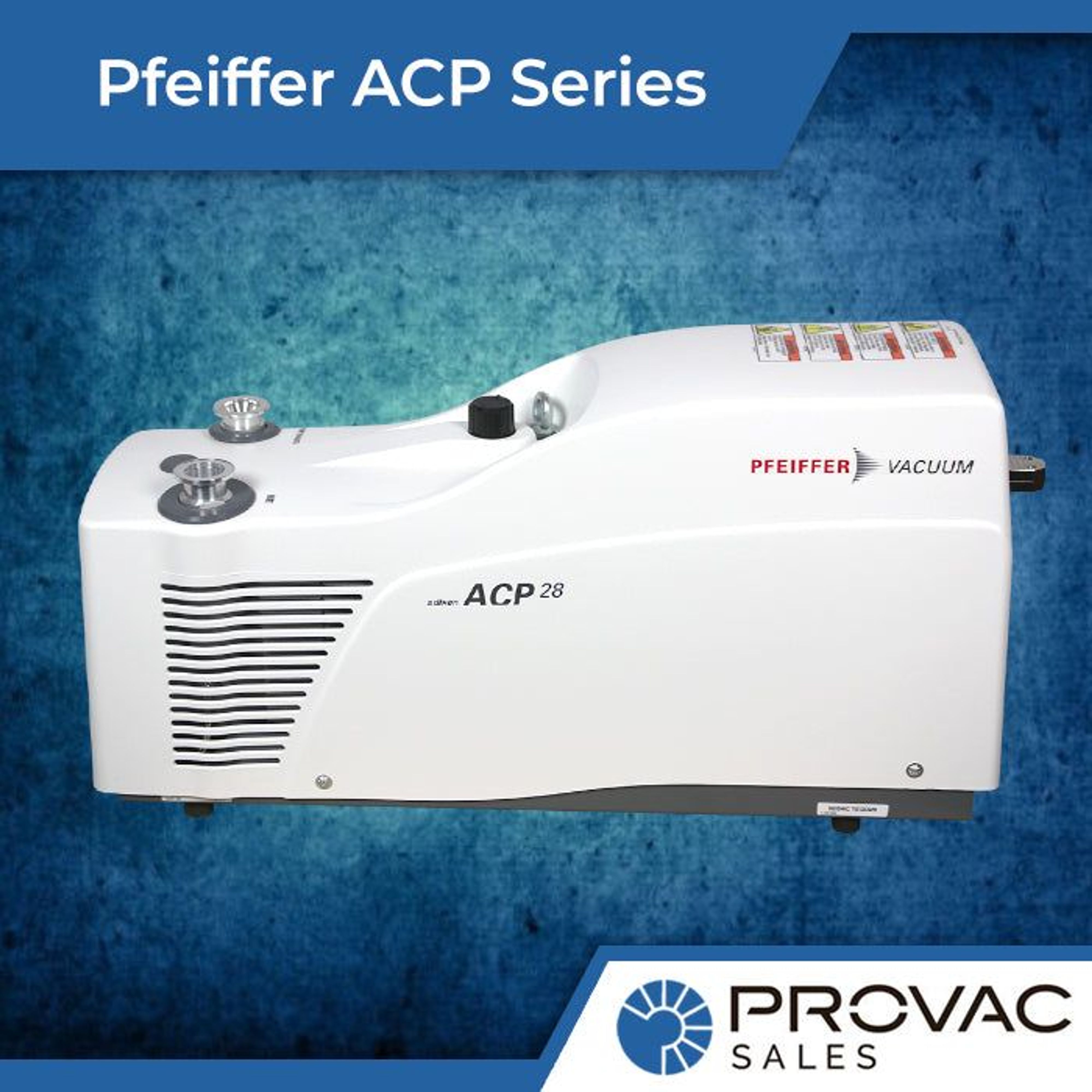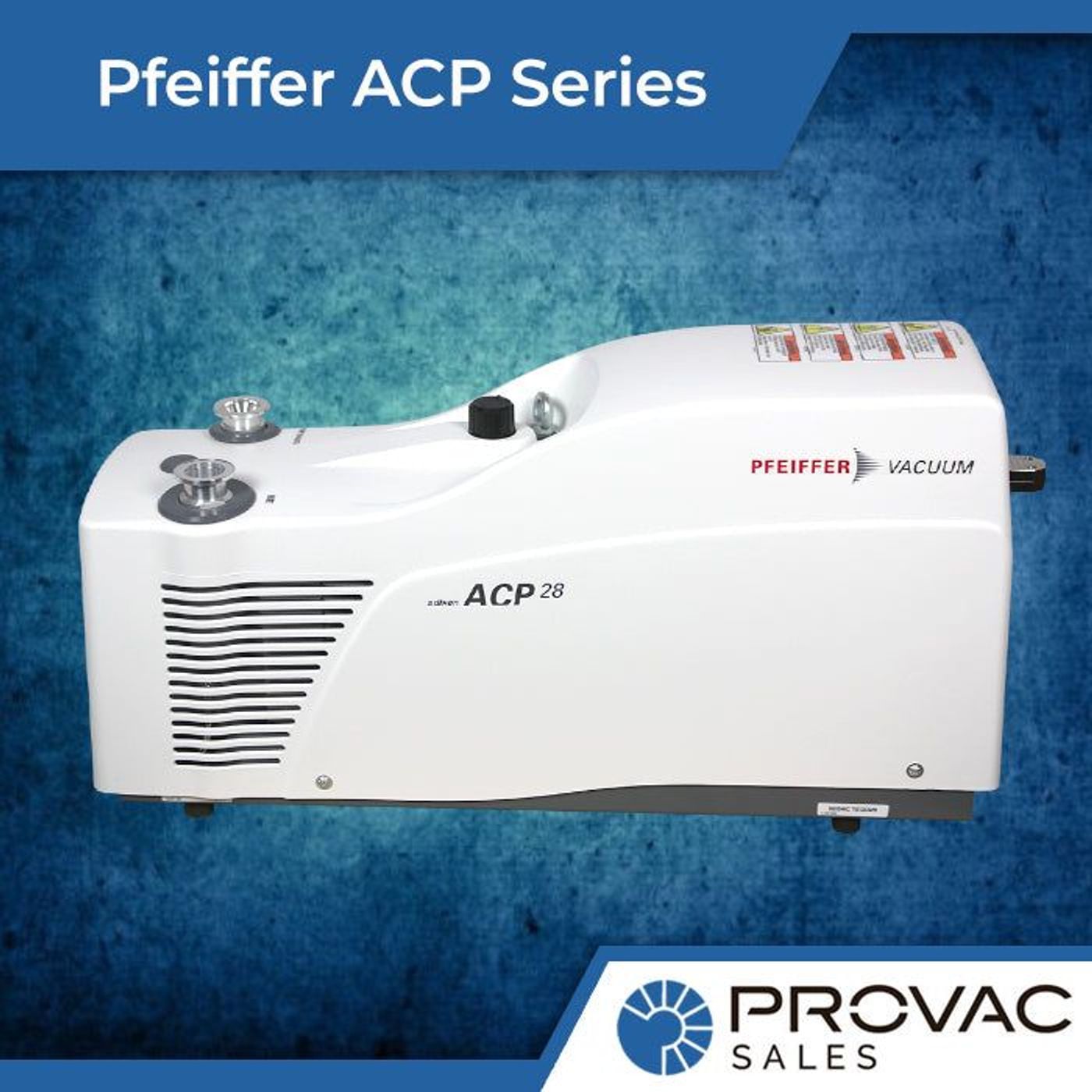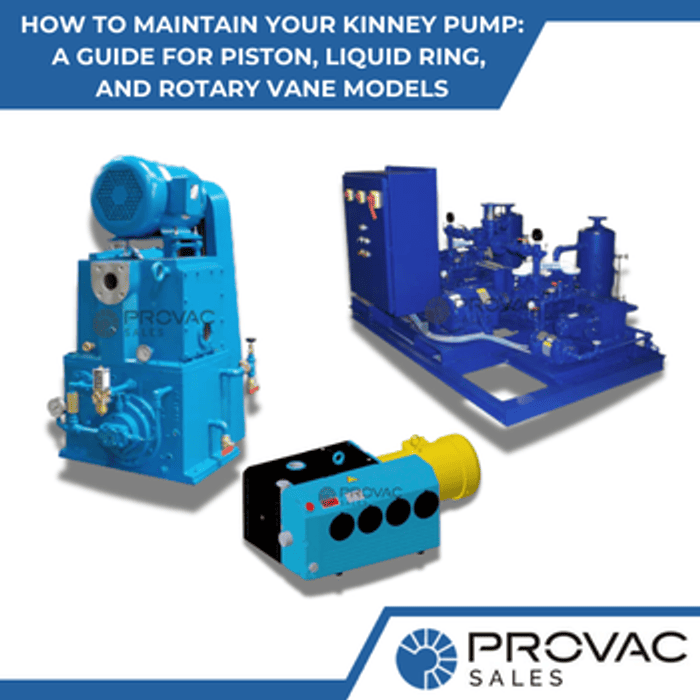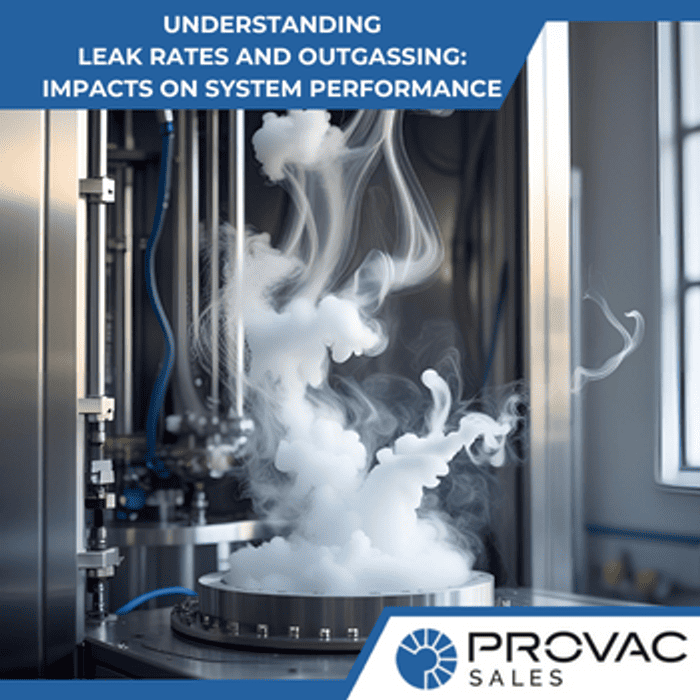In the category of dry-running rotary displacement vacuum pumps are both the single and multistage roots pumps, better known as the root blowers or simply root pumps.
There is a single housing within a pump and inside are two synchronized rotors rotating in the opposite directions from each other and without coming into contact. These are organized in a figure-8 configuration and only a narrow gap separates one from the other. Each rotor shaft can house as many as 4 to six pairs of rotors. These rotor shafts are separated one from another by stator discs and a gas aperture. This aperture guides gas from the intake valve to the outlet port.
Only one shaft is guided by the motor while the other one is powered by a gear in the box which also receives lubrication. This gearbox houses low and high-pressure bearings and is encapsulated and sealed off from the suction chamber with seals.
A Roots vacuum pump can be operated at speeds as high as 6,000 rpm due to the fact that there is no friction within the suction chamber. The symmetrical balance of mass surrounding the shaft axis also ensures that the function is especially silent, even when working at high speeds.
- Multi-stage Roots pumps have a variety of advantages, including:
- Gas displacement area is completely free of lubricants
- Media being pumped will not become contaminated with oil or particles
- No Problems with Fluid disposal
- Consistent vacuum parameters and long-term stability
- Very few wearing parts means high durability
- Air cooling technology means expenses for operating costs for water cooling or installation
- Can be operated continuously even with a high inlet pressure
- Remote control interface with frequency converter
- Minimal leak rate
Certified to UL/CSA and SEMI S2
Vapors
Because they operate at comparatively low temperatures if additional measures are not applied, there are some dangers of condensation building up within the oil-free pump. But, just like a rotary vane pump, a gas ballast valve can be fitted to your multistage Roots pump and this can help increase the tolerance for moisture buildup within the pump and improve the capacity to hold moisture. If too much condensation is allowed to form within the pump the pressure can rise and the results can be corrosion and damage to the pump itself.
The average ACP pump can carry a media of up to 5% moisture without the need of a gas ballast. When a standard gas ballast has been installed, water vapor capacity is 100g· h-1 and water vapor tolerance is 10 hPa.
If an improved gas ballast is installed, the numbers change significantly. Tolerances are increased to 100 hPa and the capacity for water vapor increases to 700 to 1000g, but this also depends on the ambient temperature.
Before evacuating vapors on a rotary vane pump, the pump will have to be warmed up first with a gas ballast. The process typically takes about half an hour while the higher temperatures here will reduce the condensation in the pump block. There are also other measures that can be applied to removing condensation including attaining the lowest possible outlet pressure and removing condensation separately. It is also important to reduce backpressure from the outlet with a vertical gas line. The outlet should also be connected to the extraction system if one is available.
What to do about dust and particles
The multi-stage Roots pumps found in the category of ACPs are susceptible to damage from dust and particles. Uncontrolled emissions of especially large particles can block the pump flow and even lead to system failure. To control this problem, processes that involve a lot of dust, like glass manufacturing, will have special filters connected to the intake. This will protect the pump and ensure optimal functionality.
Corrosive gases
The Pumps found in the ACP series are not well designed for long term use with corrosive gases. There are some specific Multi-stage Roots pumps designed for this purpose. These models see lots of use in the solar, coating, and semiconductor industries.
Nevertheless, if the quantities of corrosive gasses exist in only trace elements these ACP pumps are perfectly suitable for the task. This is done by models that contain an inert gas that purges and protects the bearings. Process gases are also diluted through the introduction of gas at one step of the pumping process.
Leak rate
Multi-stage Roots pumps are characterized by a high level of air-tightness. This makes them the perfect solution for gas units that work with especially expensive gasses like (4He, 3He, isotope-marked gases).
Light gases and high vacuum
Multi-stage Roots pumps typically feature an outlet valve which tops oxygen and humidity from making their way back to the suction chamber. In cases where corrosive gasses are being used, this could mean a chemical reaction within the pump. This important valve will have to be opened every so often as in a gas ballast. This will prevent the collection of gas ballasts and prevent them from diffusing back to the pump and causing a problem.
The use of a gas ballast or even a small vacuum at the exhaust can cause enough displacement to shift the continuous gas throughput with a performance reading close to that of air or nitrogen. This is often the case in an evaporator cryostat.
In such a case where the carrier gas is stopped, like you will find in a closed-loop arrangement, the need for a vacuum at the pump outlet is absolute.





